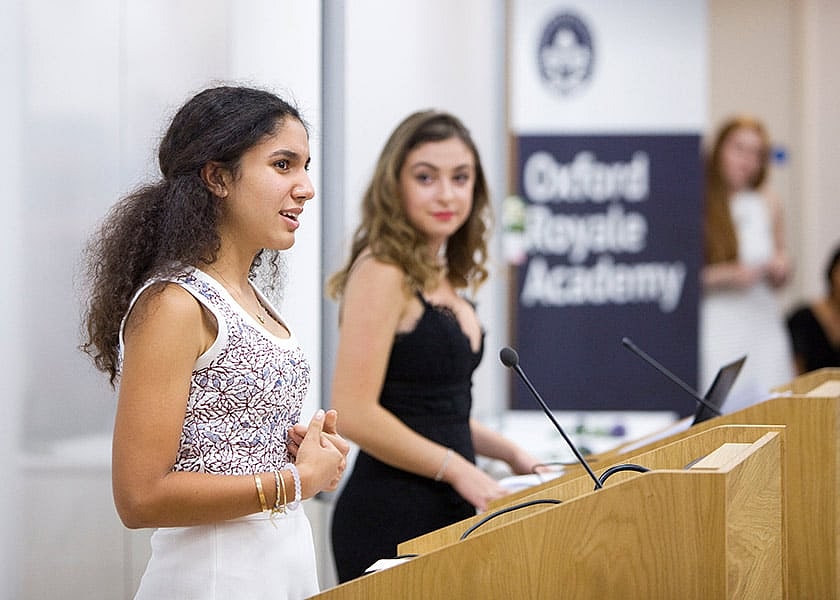Visit to Woburn Abbey – New for 2014!
This summer, ORA are delighted to announce a brand-new trip to a magnificent stately home: Woburn Abbey.

Originally founded in 1145 as a Cistercian abbey, the majority of the buildings visible today were built in 1744.
The house has played an astonishing role in British history, having had state visits from Elizabeth I, Charles I and Queen Victoria.Woburn Abbey became a private home as a result of its confiscation by Henry VIII during the Dissolution of Monasteries. Later on, in the English Civil War, the Earl of Bedford’s family faced a situation shared by many families in England at the side: his sons and sons-in-law chose different sides of the war, though they were eventually reconciled. Charles I was also held as a prisoner at Woburn Abbey in 1647, and interviewed by Oliver Cromwell. Later, Lord John Russell, brother of the Second Duke, was Prime Minister twice and carried the first great electoral reform bill through Parliament in 1832.
No less astonishing than the house’s history is the fantastic collection of art on display here, including two Rembrandts (one only identified in 2012), the famous Armada portrait of Elizabeth I and what is held to be one of Canaletto’s finest works.

Some of the beautiful works of art you will see at Woburn Abbey include ‘View of the entrance to the Arsenal’ by Canaletto, ‘Boaz’ by Rembrandt and ‘Elizabeth I of England, the Armada Portrait’ by Gower.

One of the reasons Woburn Abbey is so fascinating to visit is its association with the amazing lives of the people who lived here. One famous inhabitant of Woburn Abbey is Mary Russell, Duchess of Bedford – nicknamed the Flying Duchess. In 1926, when she was in her early 60s, the Duchess took up aviation, and went on to undertake record-breaking flights to India and Cape Town. Her flights were adventurous, including a forced landing in the Sahara and being shot at by Berber tribesmen in North Africa. At the age of 71, she disappeared on a flight that was believed to have crashed into the North Sea; her plane was never found.
During the Second World War, the house and grounds were used to send out propaganda and for the billeting of Wrens – members of the Women’s Royal Navy Service – who were involved in code-breaking at the nearby Bletchley Park. Wherever your interests might lie – in art, architecture, fashion, politics, espionage, warfare or gardening – there is a good chance that Woburn Abbey, in all its illustrious history, will have some connection with the field. Romantics, for instance, should know the story of Lady Elizabeth Keppel, who married Francis, Marquis of Tavistock, the only son of the Fourth Duke. When he died only three years after their marriage, a physician discovered – some months after she had been widowed – that Elizabeth had kept a miniature of Francis in her hand or round her neck ever since he died and planned to do so until her death – which was only 18 months after the death of her husband.

This brief introduction only scratches at the surface of what can be seen and explored at Woburn Abbey – we haven’t mentioned the Chinese Dairy, the Silver and Gold Vaults, or the Duchess who popularised afternoon tea.
The Woburn Abbey trip will be for 16-18 year old students at St Catherine’s and Lady Margaret Hall. Those visiting the Abbey will also get a chance to explore the Safari Park – but more about that next week.
Want to join ORA for a fantastic summer? There’s still time to sign up! Browse our courses now ➙
__________________
Painting image credits: Canaletto; Rembrandt; Gower.

